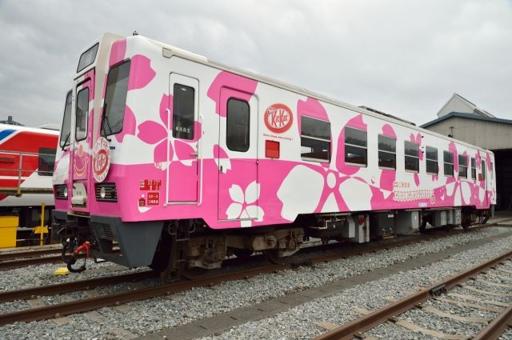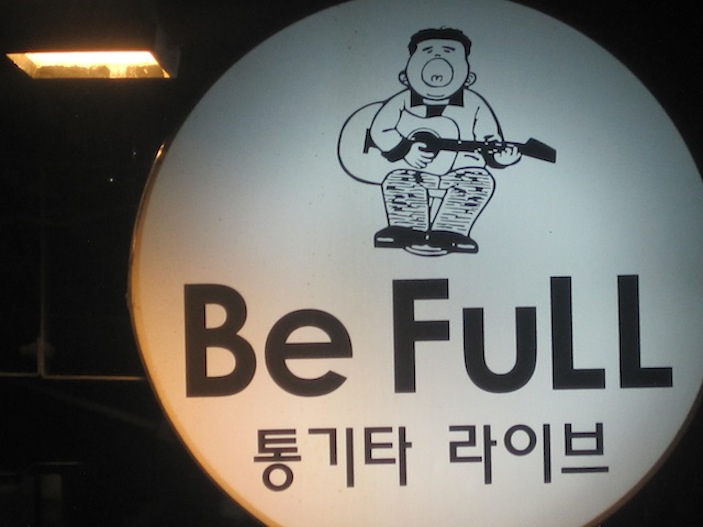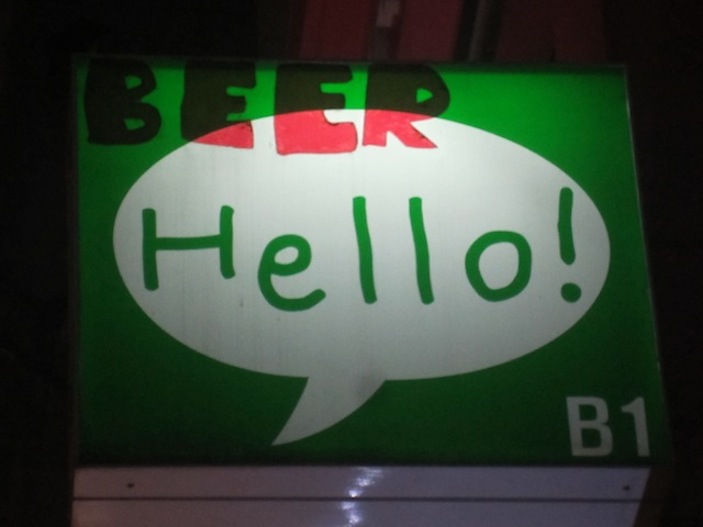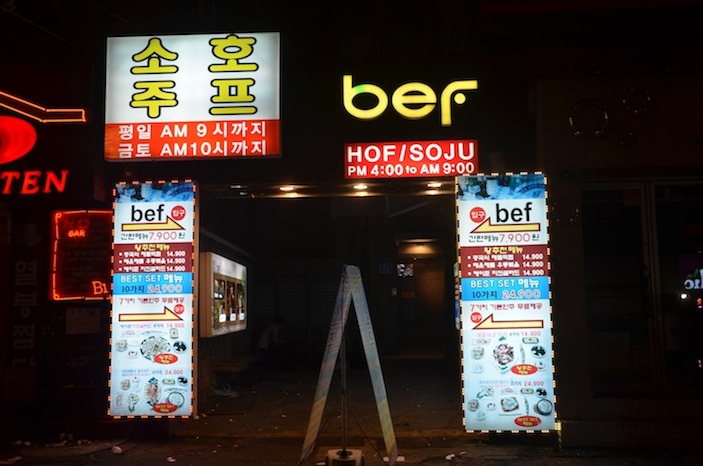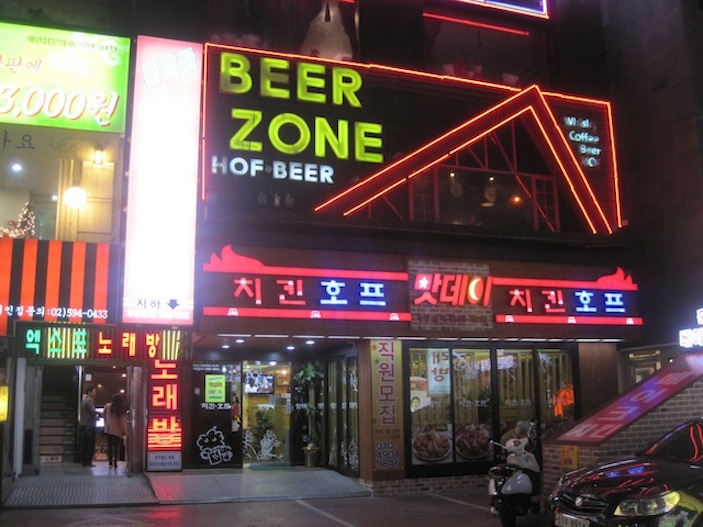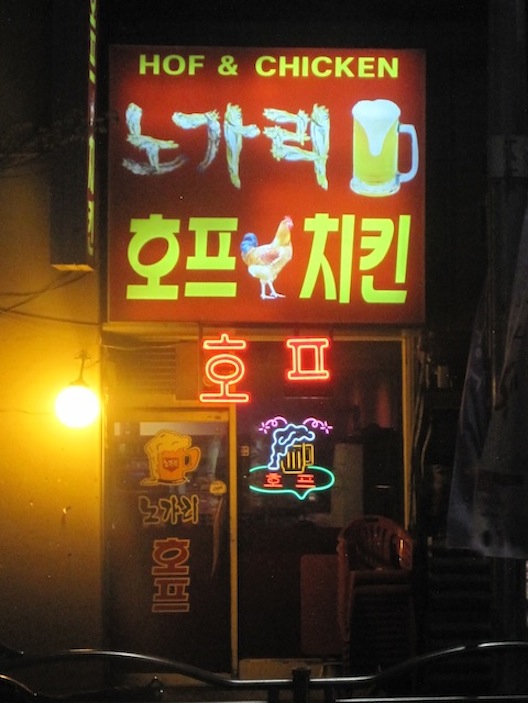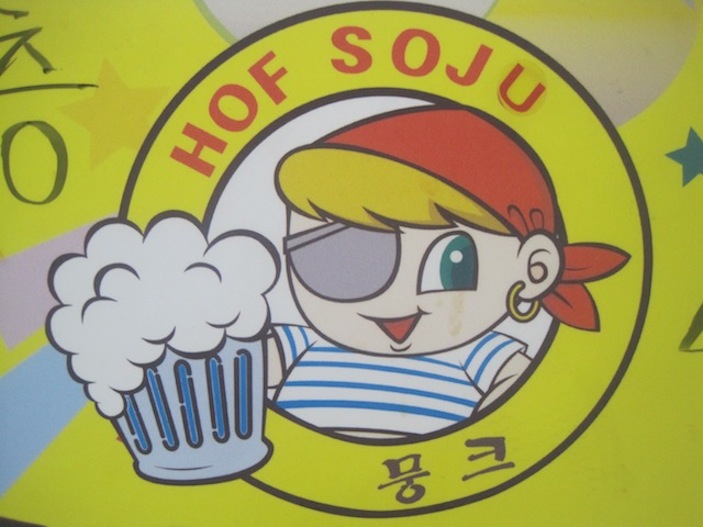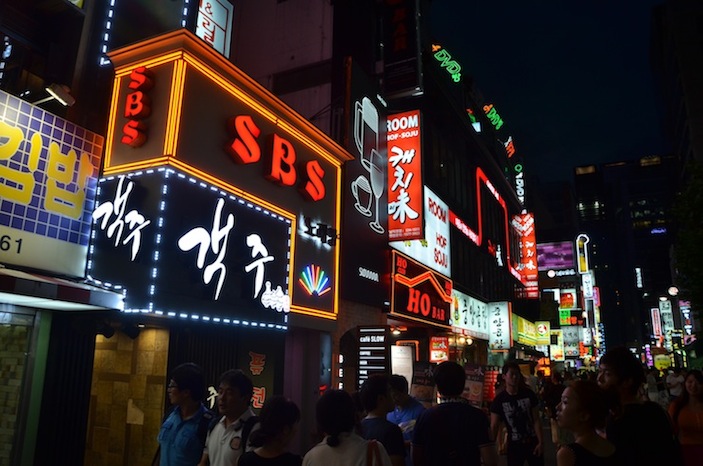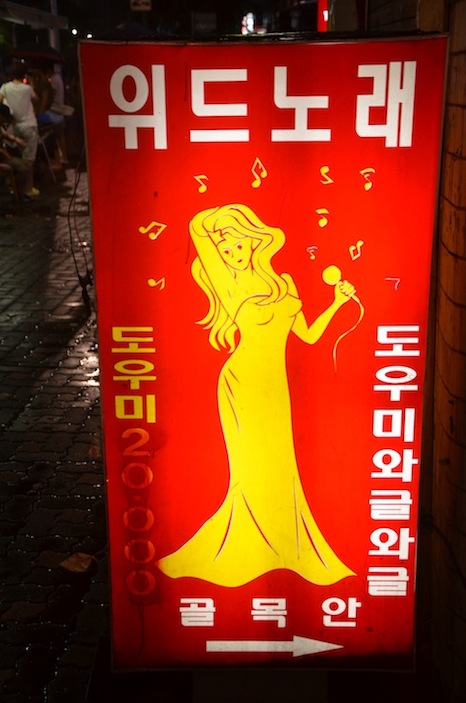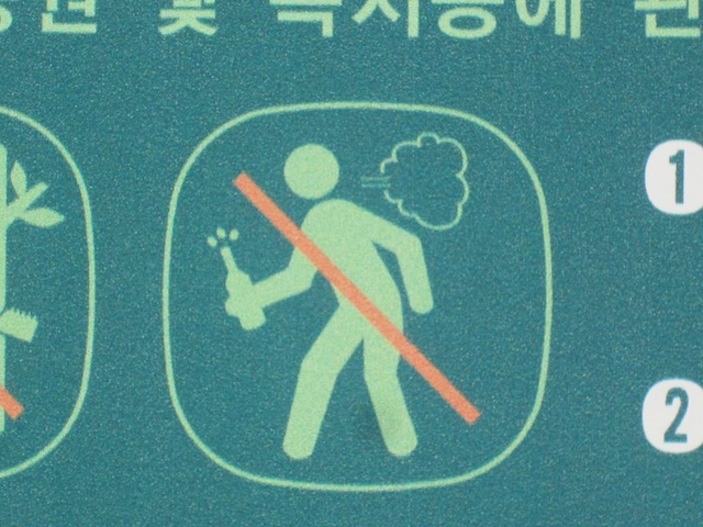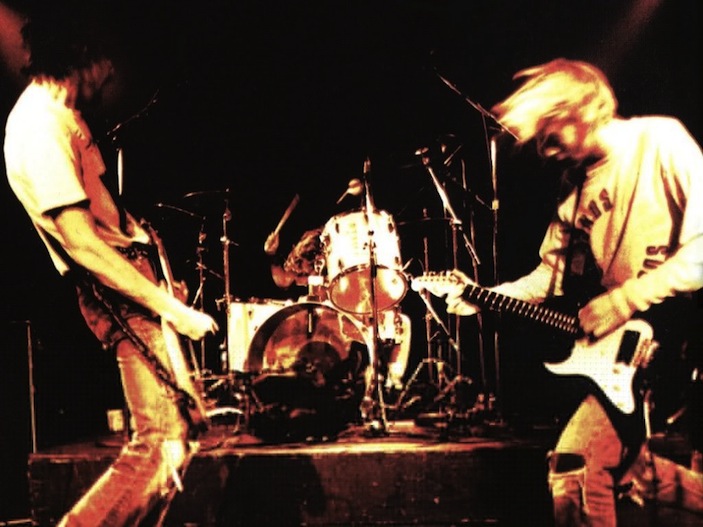I’m on a mission, out for a cause. You see, I like to drink cachaça. And when I leave Brasil, I have a hard time finding it. That’s a problem.
No matter where you are in the world, go to a bar and you’re likely to see the usual suspects—Heineken, vodka, whiskey, the occasional gin or cognac, rum, a few local beers, maybe a Guinness—and that’s what you drink. And I have no issue with that. But I have yet to hear a good argument as to why vodka is deserving of worldwide fame and cachaça isn’t.
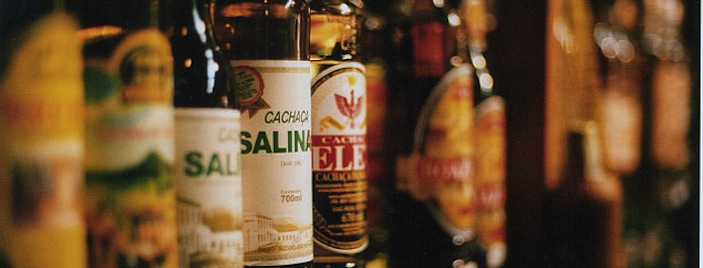
Cachaça on the shelf in a Brazilian bar (image credit: Diogo Melo/soundsandcolours.com)
With beer, it’s simple. Beer is everywhere, and although there are hundreds of beers around the world that may taste better, Heineken is a global marketing machine, backed by hundreds of millions of dollars of marketing budget. But there is no brand of vodka, or any of the other liquors mentioned, that is ubiquitous. Sure, names like Grey Goose and Jack Daniels make a valiant effort, but it’s the drink itself, independent of brand name, that has the global fame and global reach.
More than 4,0000 brands of cachaça can be found in Brasil, which combine to produce an estimated 1.5 billion liters annually to the tune of approximately USD $130 billion in revenues. And yet, only 1 percent—one freakin’ percent—of that haul is exported (most of this to Germany, a testament to the wisdom of our Deutsch brethren). With that kind of production, consumption and bottom line, you’d think someone would have tried to grow this market outside of Brasil.
As for the drink itself, it is the distillation of pure sugar cane juice—a fresh, fragrant, aromatic and smooth distillate that is either prata (silver, or unaged) or ouro (gold, which the liquor resembles after it is aged)–typically anywhere from 38% to 50% alcohol by volume. The aging process can extend for anywhere from one to 15 years, and because of the added flavor it provides, aged cachaças tend to be more expensive and enjoyed by themselves. Unaged cachaças are most widely used mixed with muddled lime and sugar in the national drink of Brasil, the caipirinha (which happens to be, for my two cents, the best drink on the planet).

The sweet, limey indulgence known otherwise as caipirinha
Also known as aguardente (“burning water”), pinga and caninha among other names, cachaça can be considered a relative to rum, except that rum is made from molasses (a byproduct from refineries that boil the cane juice to extract as much sugar crystal as possible), while cachaça is made from fresh sugarcane juice that is fermented and distilled.
So ironically enough, rum is actually a lower-quality offshoot of cachaça, and yet it enjoys global distribution while cachaça remains a Brazilian gem. Is that because of a cost difference? I doubt it, given that a wine-sized bottle of Pitú or 51 (Cinquenta y un), which are two of the most popular brands of unaged cachaça, can be gobbled up at supermarkets in Brasil for 4 or 5 reals, or the equivalent of about $2 USD.
The only conclusion I can think of is that cachaça makers spend their time and effort producing quality cachaça, rather than promoting their brands. Or perhaps this is just Brasil’s way of keeping one of their secret gems amongst themselves to enjoy, just to spite the rest of the world. But I have no doubt that with the right marketing strategy (see our tale about McDonalds’ humble introduction into France), cachaça would become a globally-enjoyed beverage, possibly above all others.
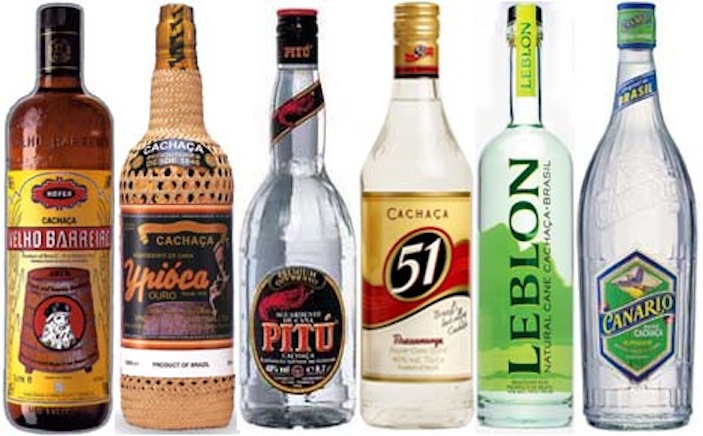
Some of the various brands of cachaça found in Brasil (image credit: cocktailfiesta.com)
.jpg)
